Today we are looking at Czech Avant Garde – Surrealism. In the period between the two world wars, artistic movements in Czechoslovakia produced outstanding examples of avant-garde book cover design, layout, and typography. Czech artists, designers, and architects adopted and developed trends from the avant-garde in other parts of Europe and created what they saw as a new approach to book cover design and typography.
Rejecting the bibliophile tradition of book design, these artists sought instead to use avant-garde aesthetics to create simply produced books that could be made available to all. This was not merely an attempt to put modern art on a book cover but rather to rethink the entire aesthetics and so produce a modern book and book cover.
As the European and Soviet political and economic climate deteriorated in the 1930s, the playfulness of Poetism and the technologically-centered optimism of Constructivism became less plausible as aesthetic strategies for Czech book designers. Surrealism, with its strong undercurrents of anxiety, dark eroticism, and the unconscious, provided a much more accurate reflection of the cultural climate.
Teige, always an important figure in the Devetsil group, was active in forming an association with the French Surrealists, and Surrealism became the dominant influence in Czech book design. Jindrich Štyrsky’s design for a Czech translation of French Surrealist poet Paul Eluard’s La Rose publique [1936] exhibits the dreamlike qualities of Surrealism, creating a fantastical landscape for unreal, disturbing occurrences. Artists like the German painter Max Ernst (see, for example, The Forest, 1927-8) influenced Štyrsky and other Czech avant-garde designers working in the Surrealist style.
1. Surrealism. Book cover design by Jindřich Štyrsky for Veřnjná růže. Básně (La Rose publique) by Paul Eluard. Praha, Mánes, 1936.
2. Surrealism. Otakar Mrkvička (1898-1957), book design – typography – cover photo montage for Albert Londres, Ebenová Země, 1933, Prague.
3. Surrealism. Book cover design and typography by Jindřich Štyrsky for Sláva a bída divadel. Režisérův zápisník(The Glory and Poverty of the Theaters. A Director’s Notebook) by Jindřich Honzl. Praha, Družstevní práce, 1937.
4. Surrealism. Book cover design by Karel Teige for Otvorené okná. Tretia sbierka poesie (Open Windows: Third Poetry Collection) by Laco Novomesky. Praha, L. Mazáč, 1935.
5. Surrealism. Book cover design and typography by František J. Müller, engraving by Gustave Doré, for Jarmark umění (The Art Fair) by Karel Teige. Praha, F.J. Müller, 1936.
6. Surrealism. Book cover illustration and typography by Bohdan Lacina for Vzduch vody (L’Air de l’ Eau) by André Breton. Praha, Edice RA, 1937.
7. Surrealism. Karel Teige, cover for Vítězslav Nezval’s book Básně noci (Poems of the Night), 4th ed. Prague, 1938.
8. Surrealism. This is the catalogue for the First Exhibition of the Surrealist Group in the Czechoslovak Republic, Prvni výstava skupiny surrealistu v CSR : Makovský, Štyrský, Toyen Prague: S.V.U. Mánes, 1935. Cover illustration by Jindrich Štyrský.
9. Surrealism. Vítězslav Nezval, Pantomima (Pantomime). Prague: Fr. Borový, 1935.
Notes:
Avant-garde is French for “vanguard”. The term is commonly used in French, English, and German to refer to people or works that are experimental or innovative, particularly with respect to art and culture.
Avant-garde art can be said to begin in the 1850s with the realism of Gustave Courbet, who was strongly influenced by early socialist ideas. This was followed by the successive movements of modern art, and the term avant-garde is more or less synonymous with modern.
Although the term avant-garde was originally applied to innovative approaches to art making in the nineteenth and early twentieth centuries, it is applicable to all art that pushes the boundaries of ideas and creativity, and is still used today to describe art that is radical or reflects originality of vision.
Avant-garde represents a pushing of the boundaries of what is accepted as the norm or the status quo, primarily in the cultural realm. The notion of the existence of the avant-garde is considered by some to be a hallmark of modernism, as distinct from postmodernism. Postmodernism posits that the age of the constant pushing of boundaries is no longer with us and that avant-garde has little to no applicability in the age of Postmodern art.
Finally, because of its radical nature and the fact that it challenges existing ideas, processes and forms; avant-garde artists and artworks often go hand-in-hand with controversy.
The Devětsil was an association of Czech avant-garde artists, founded in 1920 in Prague. From 1923 on there was also an active group in Brno. The movement discontinued its activities in 1930 (1927 in Brno).
Founded as U. S. Devětsil (Umělecký Svaz Devětsil – Devětsil Artistic Federation), its name was changed several times. From 1925, it was called the Svaz moderní kultury Devětsil (the Devětsil Union of Modern Culture).
The artistic output of its members was varied, but typically focused on magic realism, proletkult, and, beginning in 1923, Poetism, an artistic program formulated by Vítězslav Nezval and Karel Teige.
The group was very active in organizing the Czech art scene of the period. Members published several art magazines – ReD (Revue Devětsilu), Disk and Pásmo, as well as occasional anthologies (most importantly Devětsil and Život) and organized several exhibitions.
For the most part, Devětsil artists produced poetry and illustration, but they also made contributions to many other art forms, including sculpture, film and even calligraphy.
Czech Avant-Garde: Poetism, Surrealism, Constructivism, Soviet Realism
Sources: Smithsonian Libraries, Wikipedia, Flickr, Art Institute Chicago, Other Worlds, MoMA
If you have not already subscribed to get TresBohemes.com delivered to your inbox, please use the form below now so you never miss another post.
Remember, we rely solely on your donations to keep the project going.
Become a friend and get our lovely Czech postcard pack.

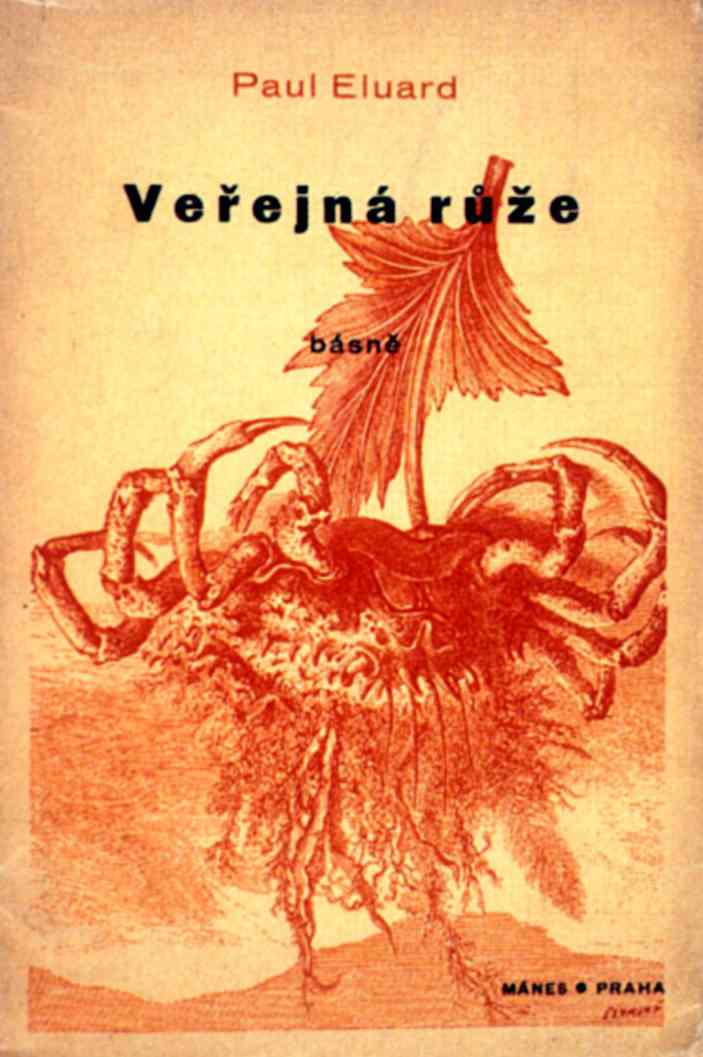
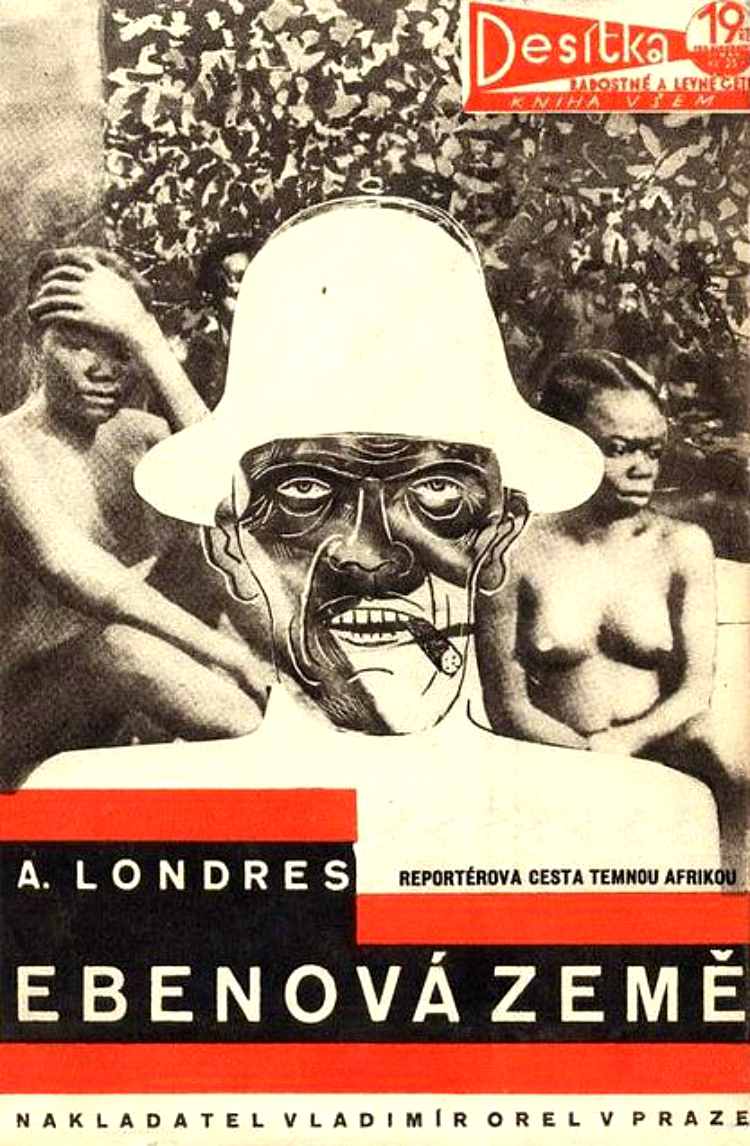
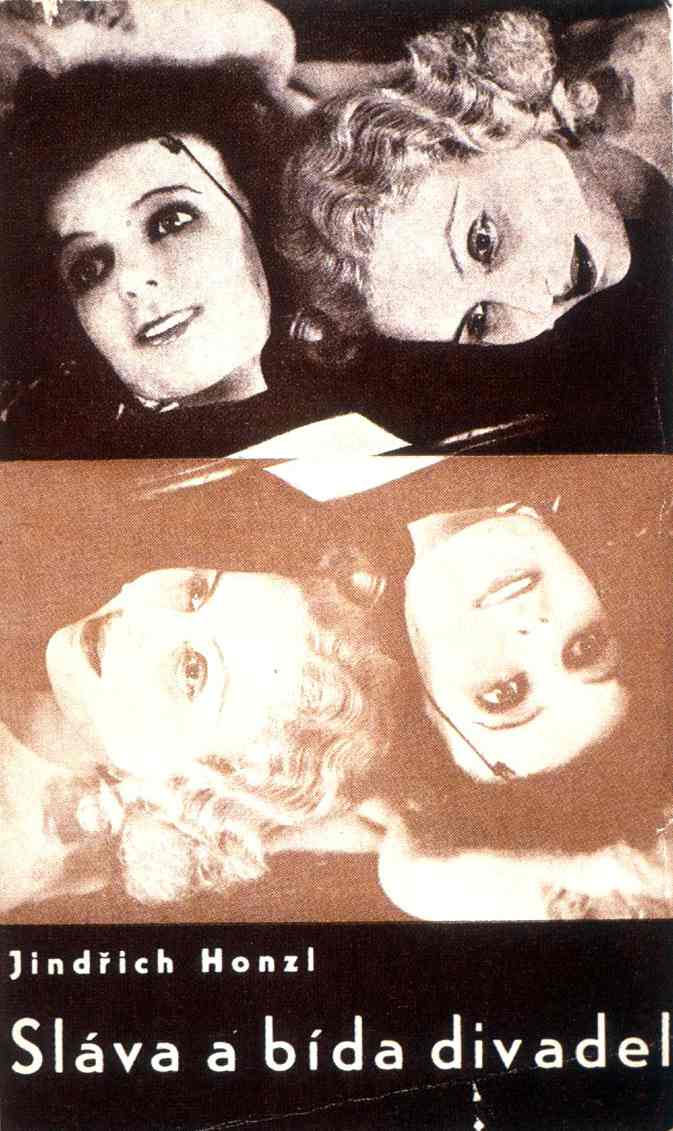
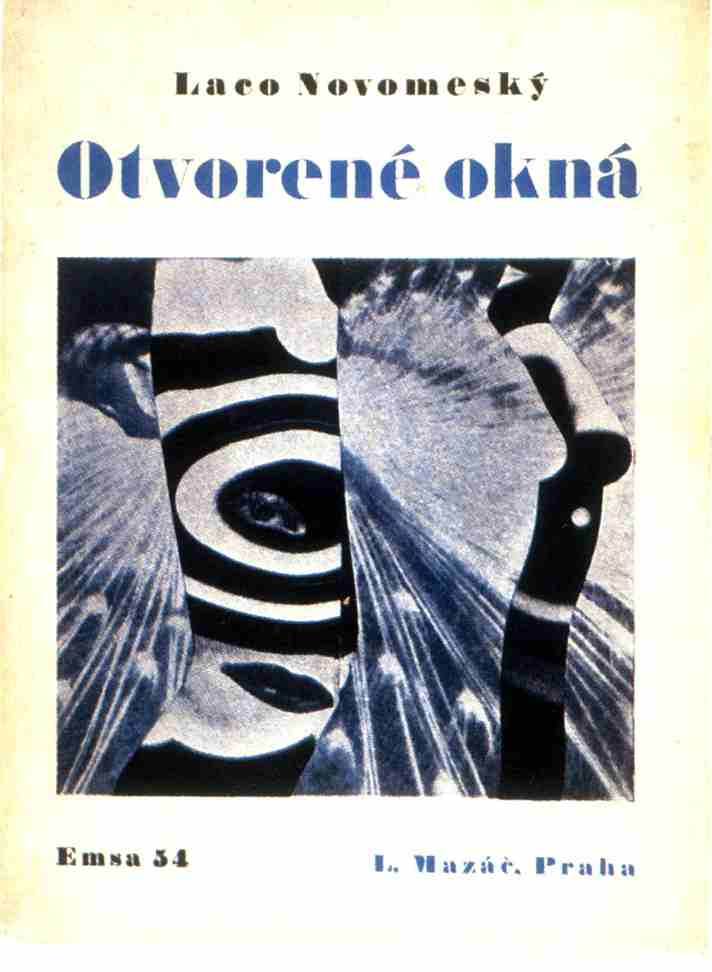
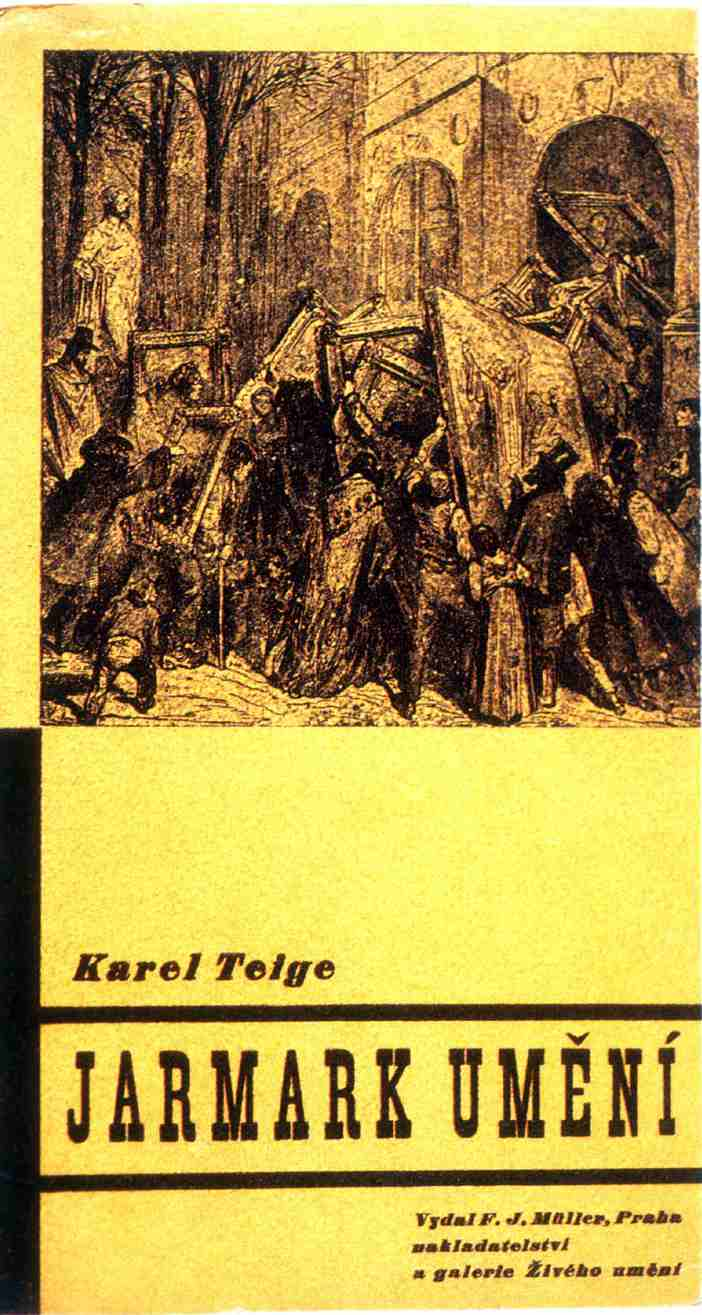
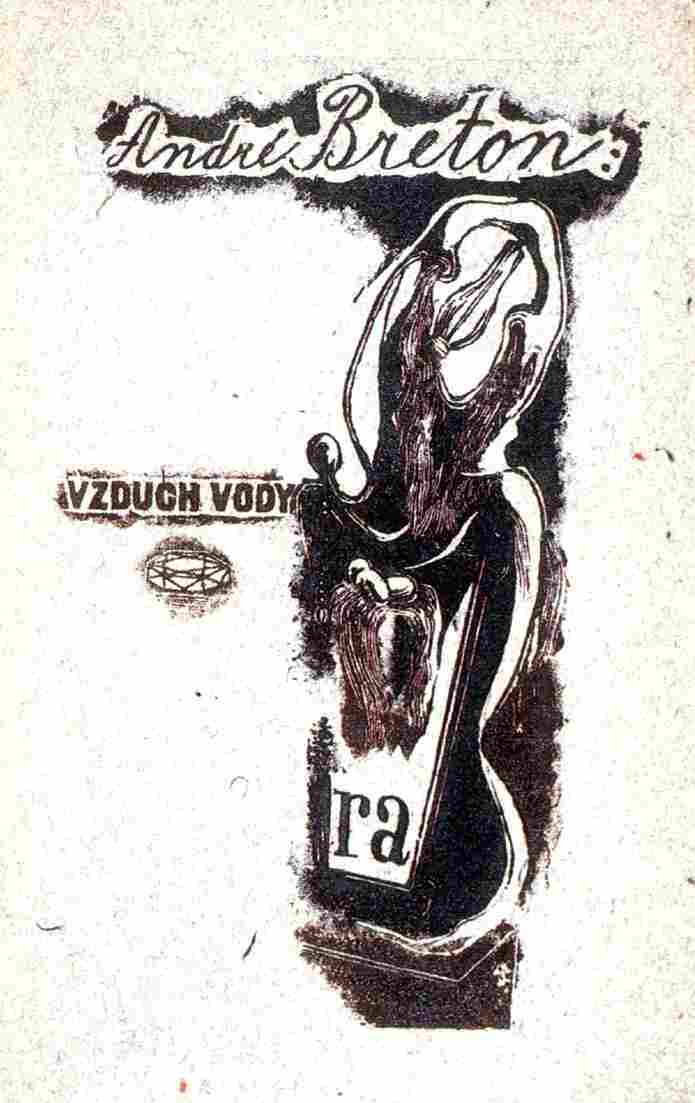
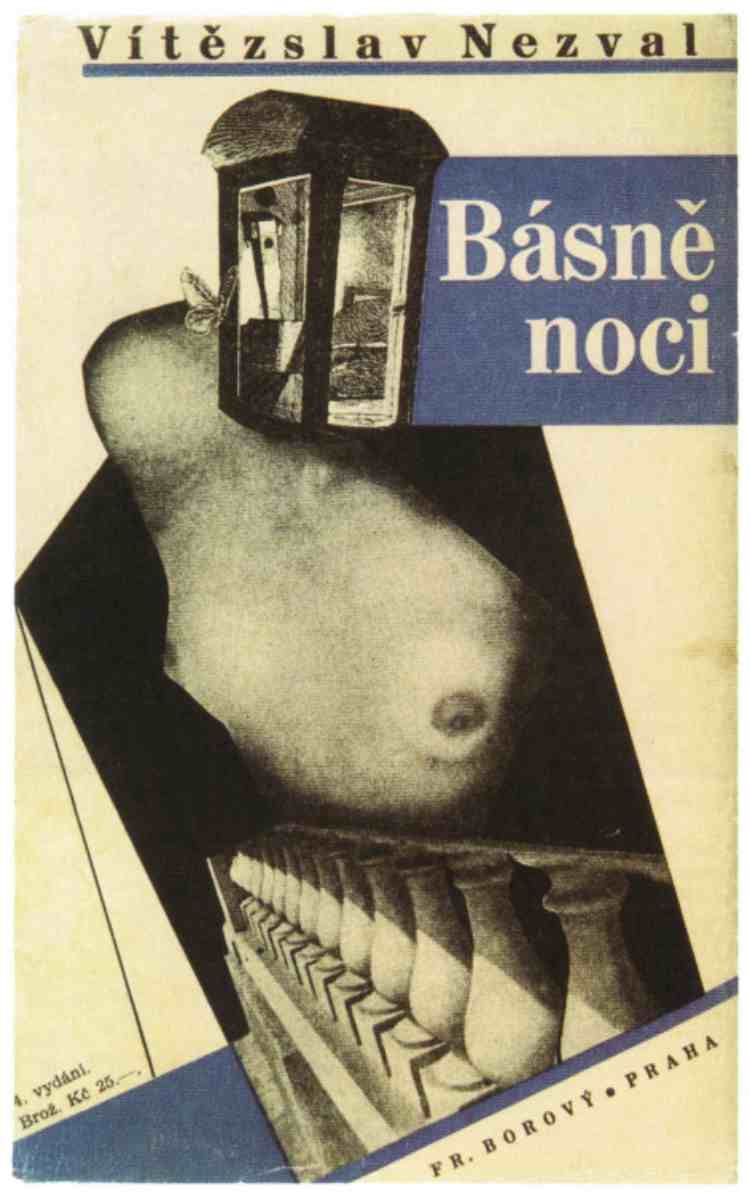
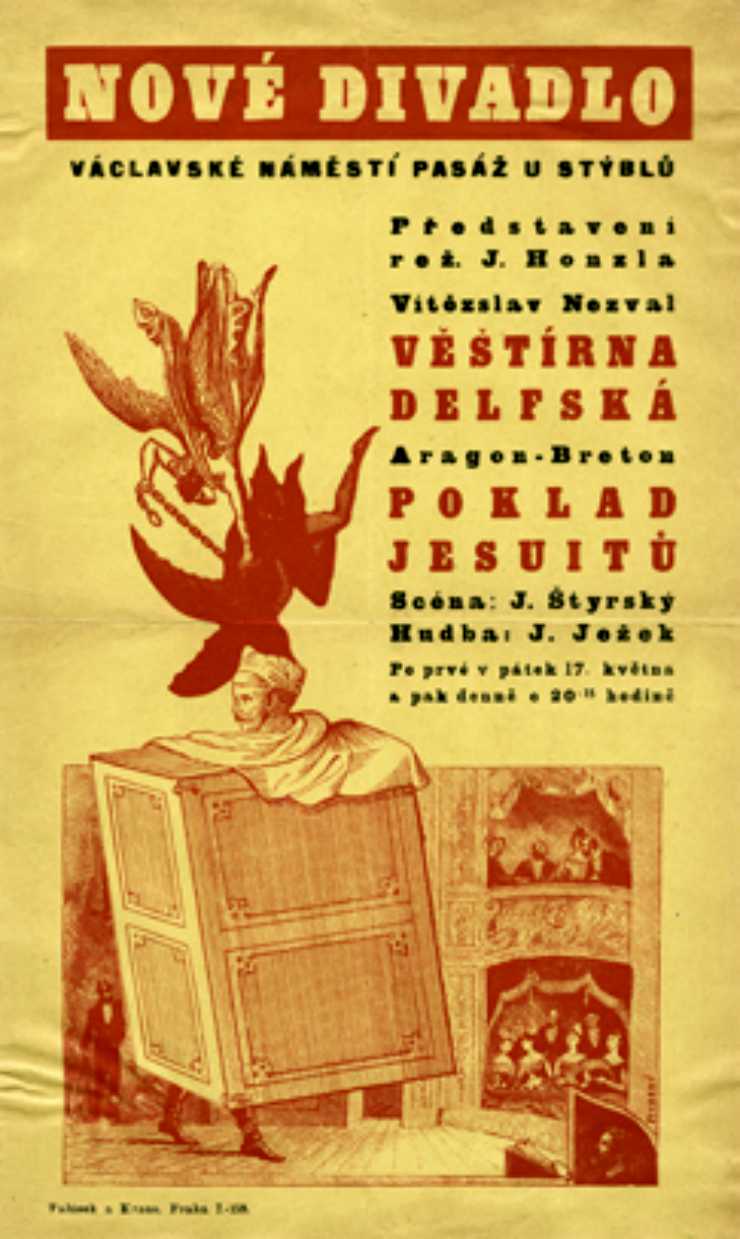
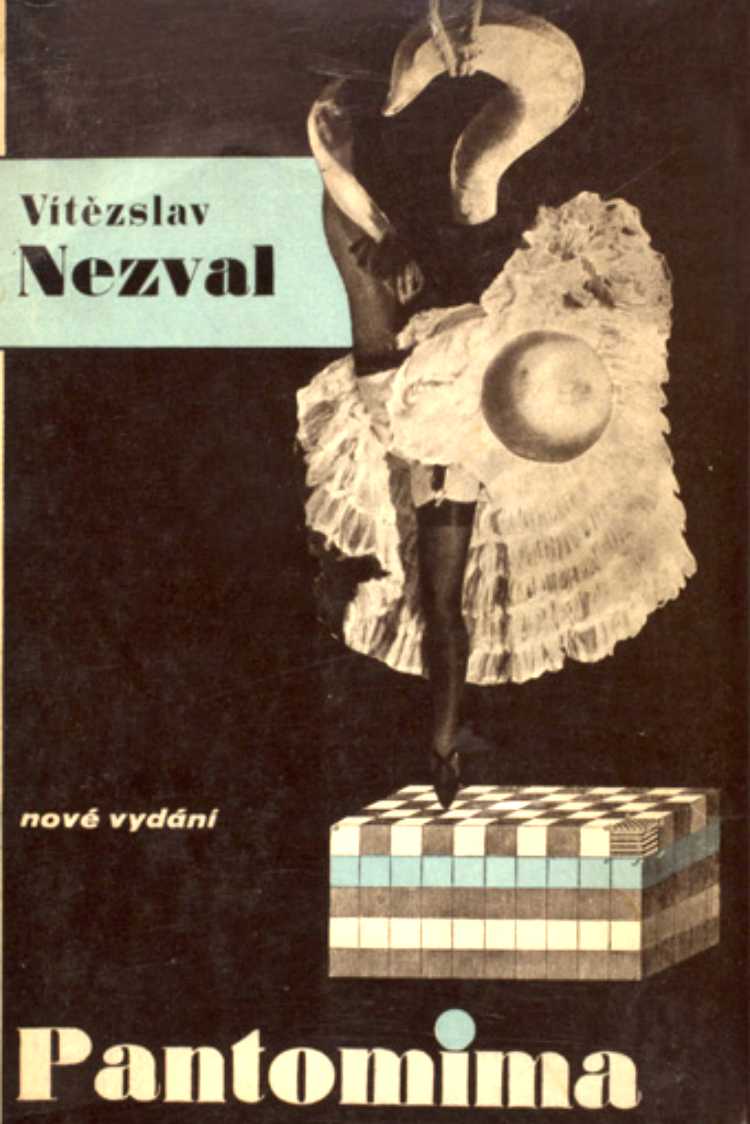

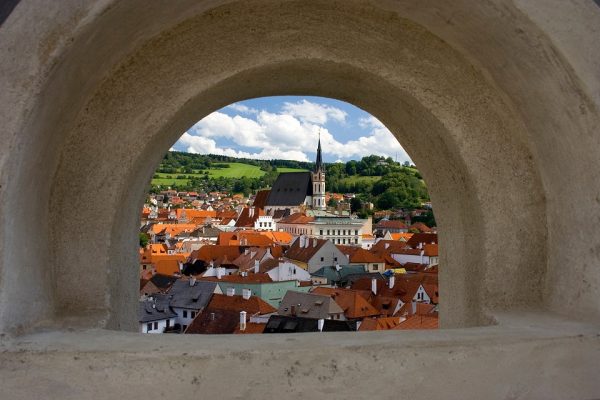
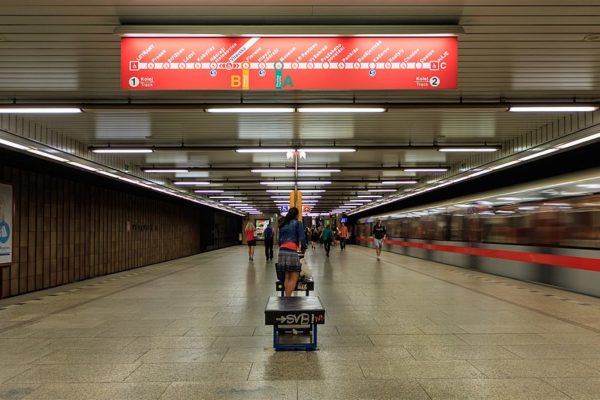
















I have read so many good posts here. I love this site and I think that pretty soon it will be going viral. I especially love all of the unique photos that I’ve never seen anywhere else.